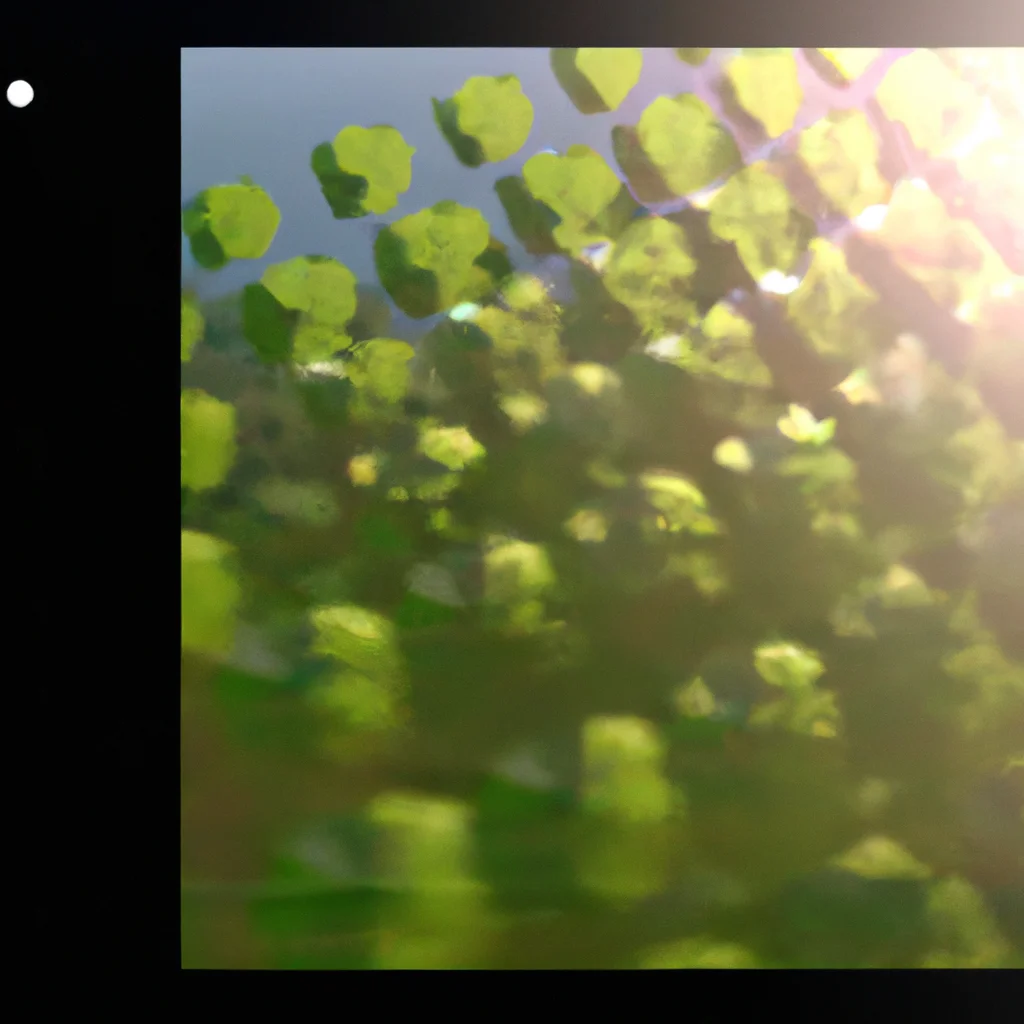How do fractals work in mathematics and nature?


How do fractals work in mathematics and nature?
Fractals are an intriguing concept in mathematics and nature. They are complex geometric shapes that are self-similar at different scales, meaning that they look the same at every level of magnification. Fractals are not just fascinating to look at; they also have several practical applications in science, engineering, and computer graphics. In this article, we will explore how fractals work in mathematics and nature, their properties, and their significance in different fields of study.
What are Fractals?
Fractals are geometric shapes that exhibit self-similarity at different scales. This means that the same pattern repeats itself at different levels of magnification. Fractals are not smooth like traditional geometric shapes; they are irregular and have a rough, jagged appearance. They are also infinitely complex, meaning that their patterns never repeat exactly.
The concept of fractals was first introduced by mathematician Benoit Mandelbrot in 1975. He coined the term “fractal” to describe irregular geometric shapes that have self-similarity. Mandelbrot was interested in understanding the irregular shapes that occur in nature, such as coastlines, mountain ranges, and clouds. He discovered that these shapes have a fractal dimension, which allows them to be measured and analyzed using mathematical techniques.
Properties of Fractals
Fractals have several unique properties that make them different from traditional geometric shapes. Some of these properties include:
Self-similarity: Fractals have the same pattern repeated at different scales, making them self-similar.
Infinite complexity: Fractals are infinitely complex, meaning that their patterns never repeat exactly.
Fractal dimension: Fractals have a non-integer dimension, which allows them to be measured and analyzed using mathematical techniques.
Fractals in Mathematics
Fractals have several applications in mathematics, including:
Chaos theory: Fractals are used in chaos theory to study complex systems that exhibit chaotic behavior. Chaos theory is a branch of mathematics that studies the behavior of systems that are highly sensitive to initial conditions, such as weather patterns, ecosystems, and financial markets.
Geometry: Fractals have applications in geometry, where they are used to study shapes that are non-Euclidean, meaning that they do not follow the rules of traditional Euclidean geometry.
Number theory: Fractals are used in number theory to study complex mathematical functions that cannot be expressed using traditional algebraic equations.
Fractals in Nature
Fractals are found throughout nature, from the patterns of leaves on a tree to the branching of a river system. Some examples of fractals in nature include:
Snowflakes: Snowflakes are an example of a fractal pattern, with each snowflake having a unique pattern that repeats at different scales.
Coastlines: Coastlines exhibit self-similarity at different scales, making them fractal in nature.
Trees: Trees have a fractal branching structure, where each branch splits into smaller branches that resemble the larger branch.
Fractals in Computer Graphics
Fractals have several applications in computer graphics, including:
Fractal art: Fractals can be used to create complex, beautiful, and intricate art pieces.
Terrain generation: Fractals can be used to generate realistic terrain in video games and other computer graphics applications.
Compression: Fractals can be used for lossless compression of images and other data, allowing for smaller file sizes without losing any quality.
Conclusion
Fractals are fascinating geometric shapes that have self-similarity at different scales. They are found throughout nature and have several applications in mathematics, science, and computer graphics. Fractals are important in chaos theory, geometry, and number theory. They are also used to create complex art pieces, generate terrain in video games, and compress images and other data. Fractals have opened up new avenues for research and creativity, making them an exciting and important field of study.
Recent Posts
How do I create an engaging and informative online quiz or assessment?
Creating an engaging and informative online quiz or assessment can be a powerful tool for… Read More
What are the most effective methods for managing and reducing work-related stress in the hospitality industry?
Work-related stress is a common issue in the hospitality industry, where employees often face long… Read More
How can I improve my assertiveness and communication skills in a leadership position?
In a leadership position, assertiveness and effective communication skills are crucial for success. Being able… Read More
What are the key elements of a successful employee recognition and rewards program?
Employee recognition and rewards programs play a crucial role in motivating and engaging employees, as… Read More
How do I effectively manage and respond to customer feedback and reviews?
Customer feedback and online reviews play a crucial role in shaping a company's reputation and… Read More
What are the best strategies for effective time management as a stay-at-home parent?
Effective time management is crucial for stay-at-home parents who juggle multiple responsibilities on a daily… Read More